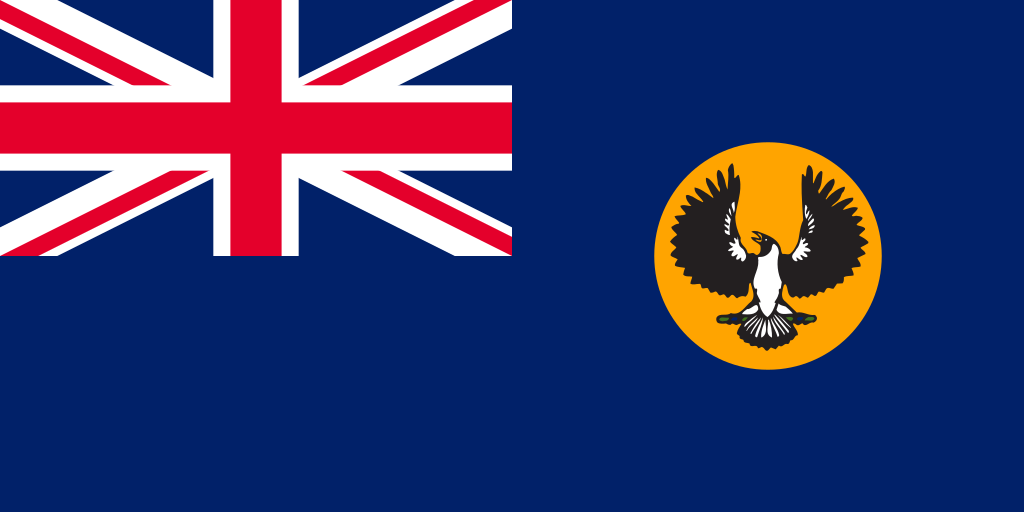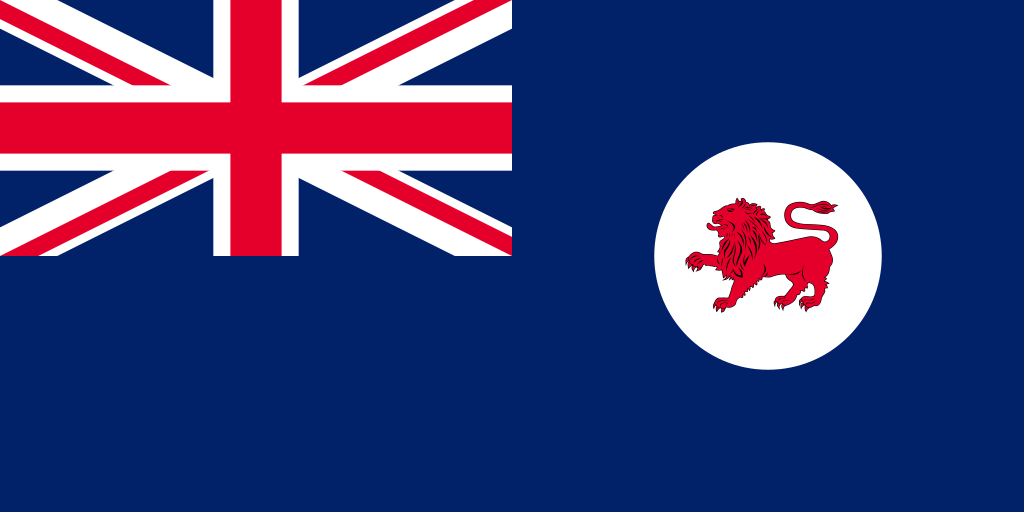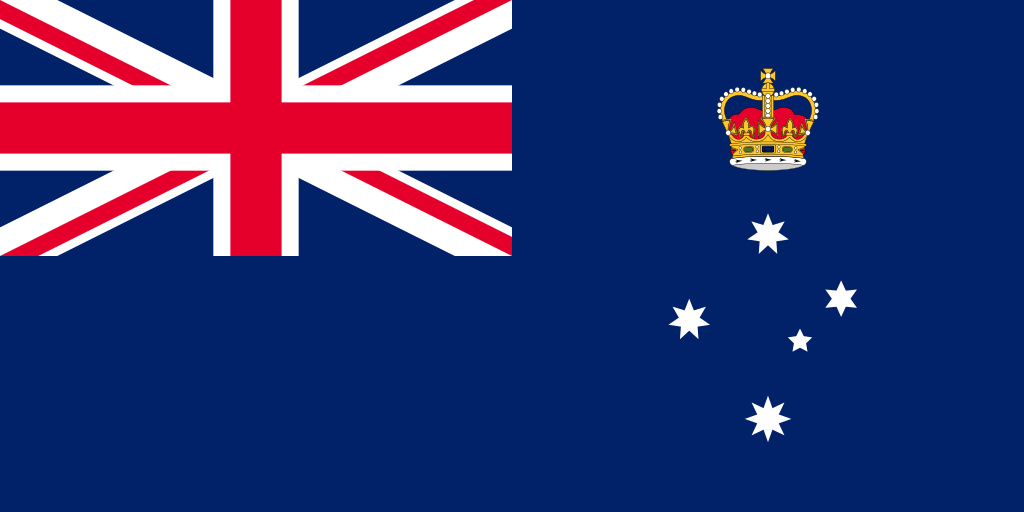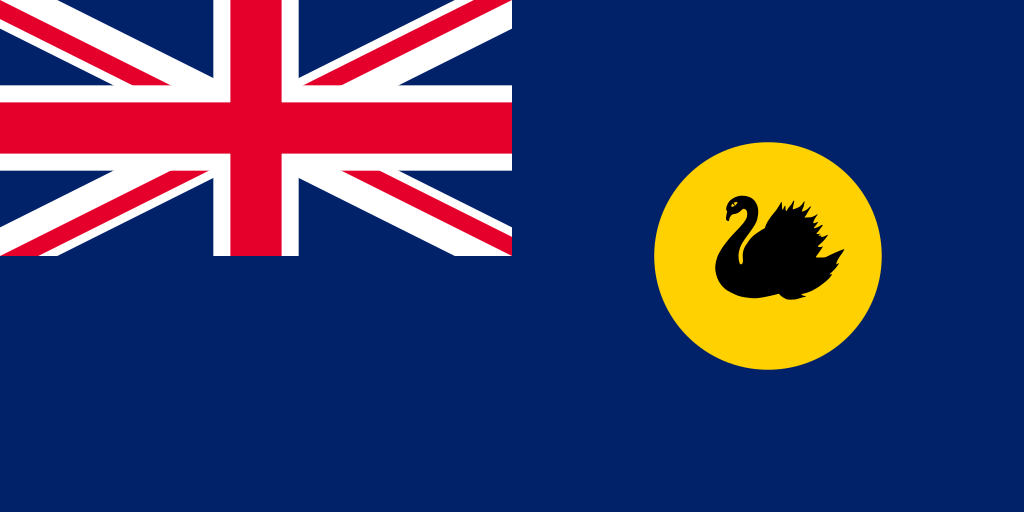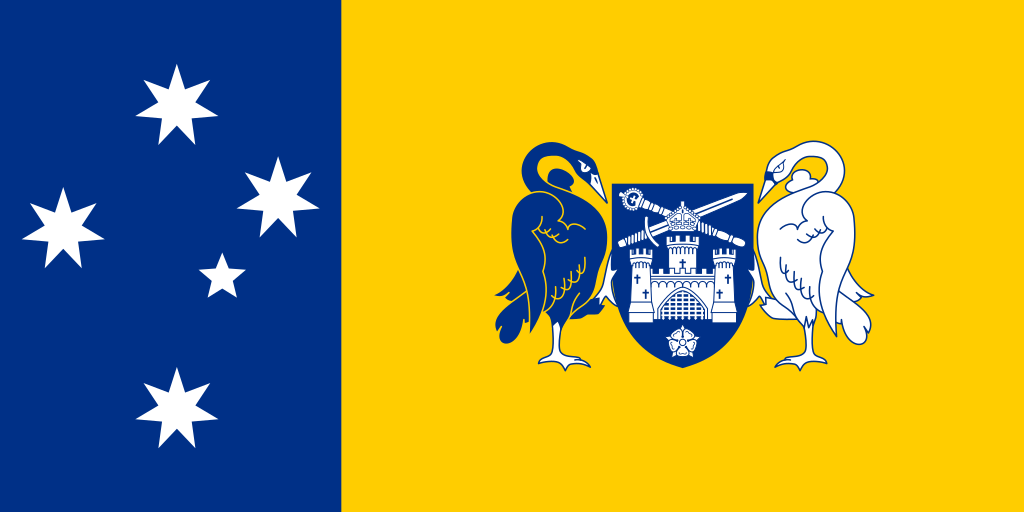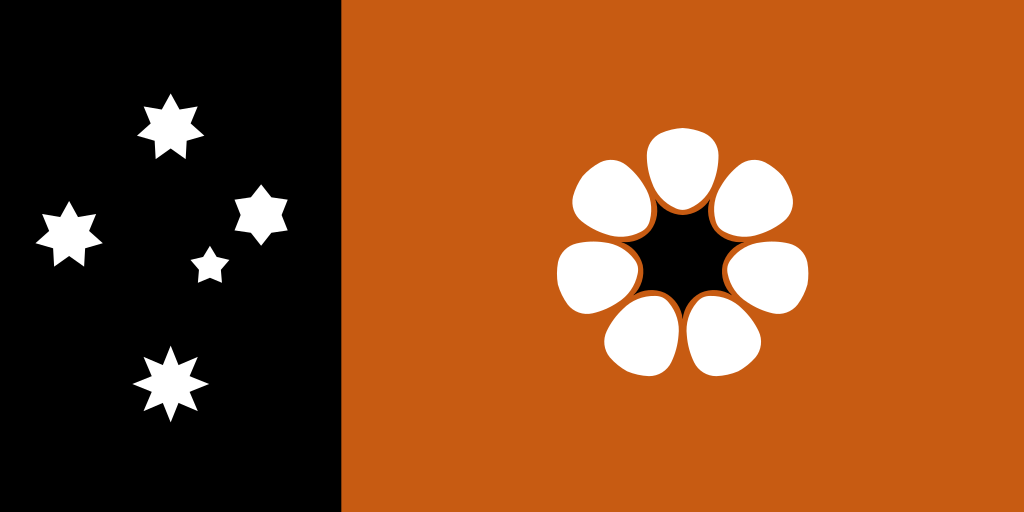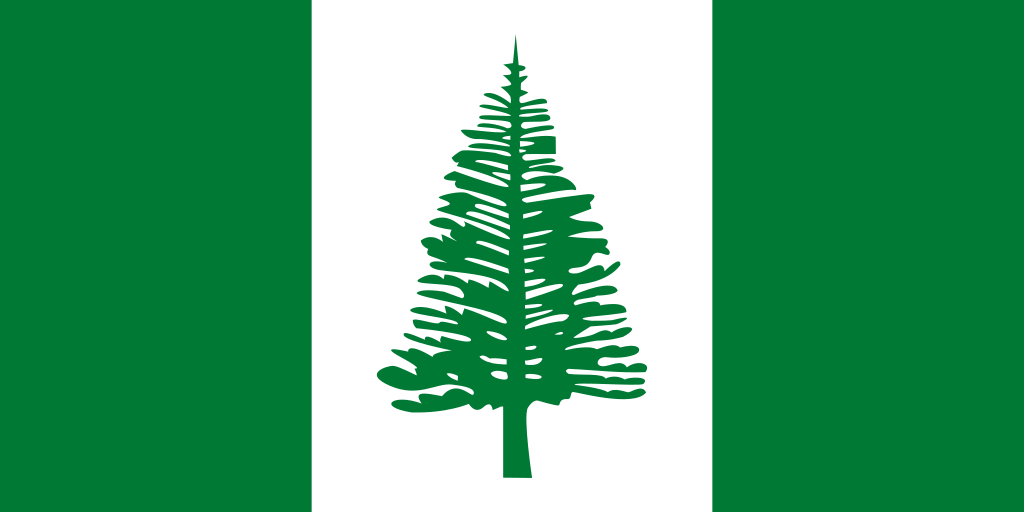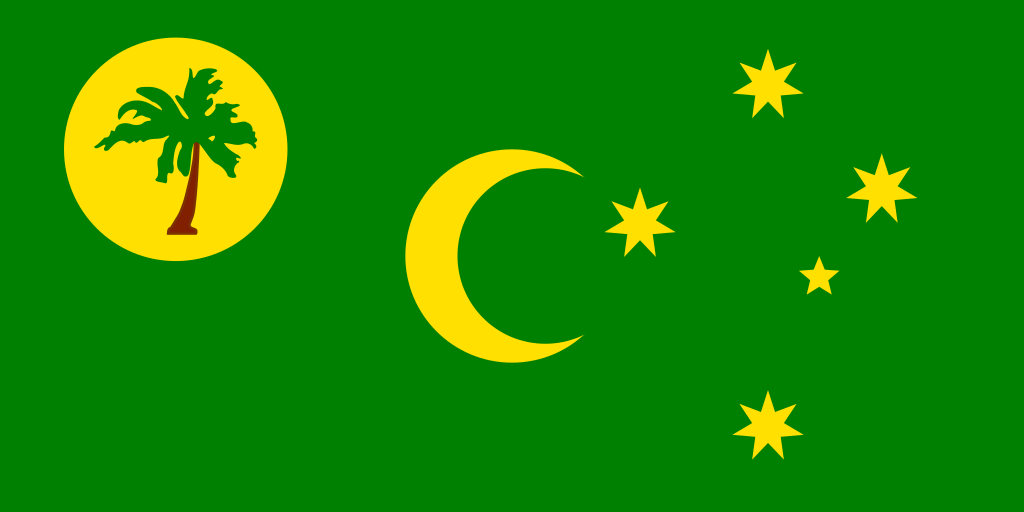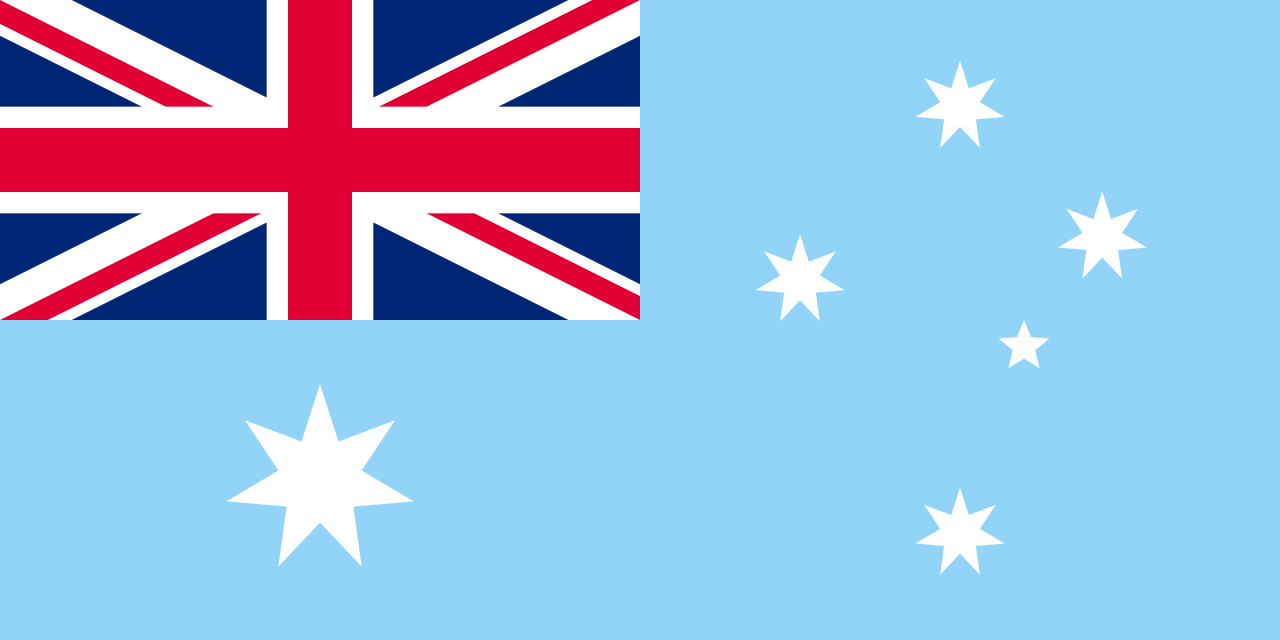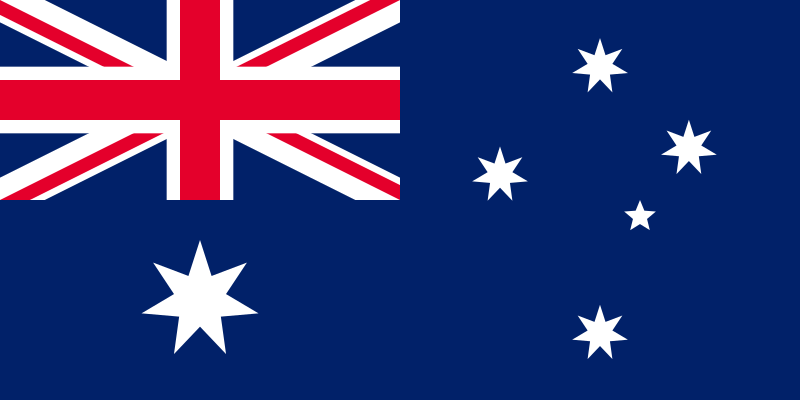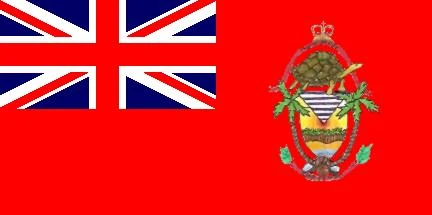Ashmore and Cartier Islands
WELCOME TO Ashmore and Cartier Islands
Territory Overview
English
14 km2

Popular
Geography and Tourist Attractions
Information about the territory's tourist attractions, including popular destinations, events, and activities.
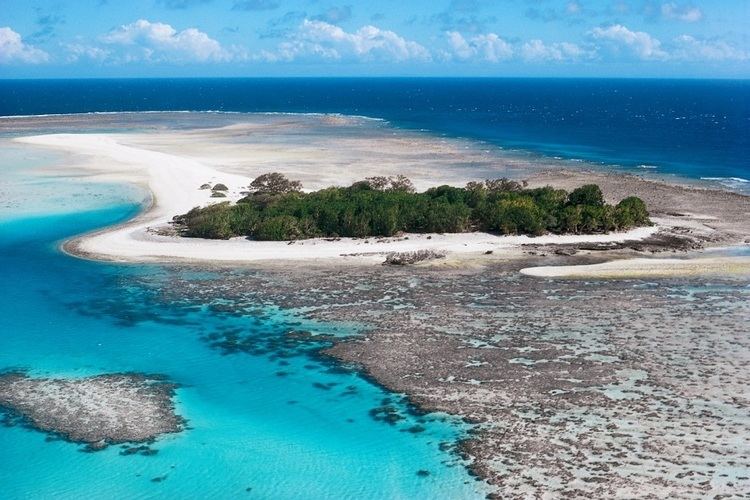
Cartier Island
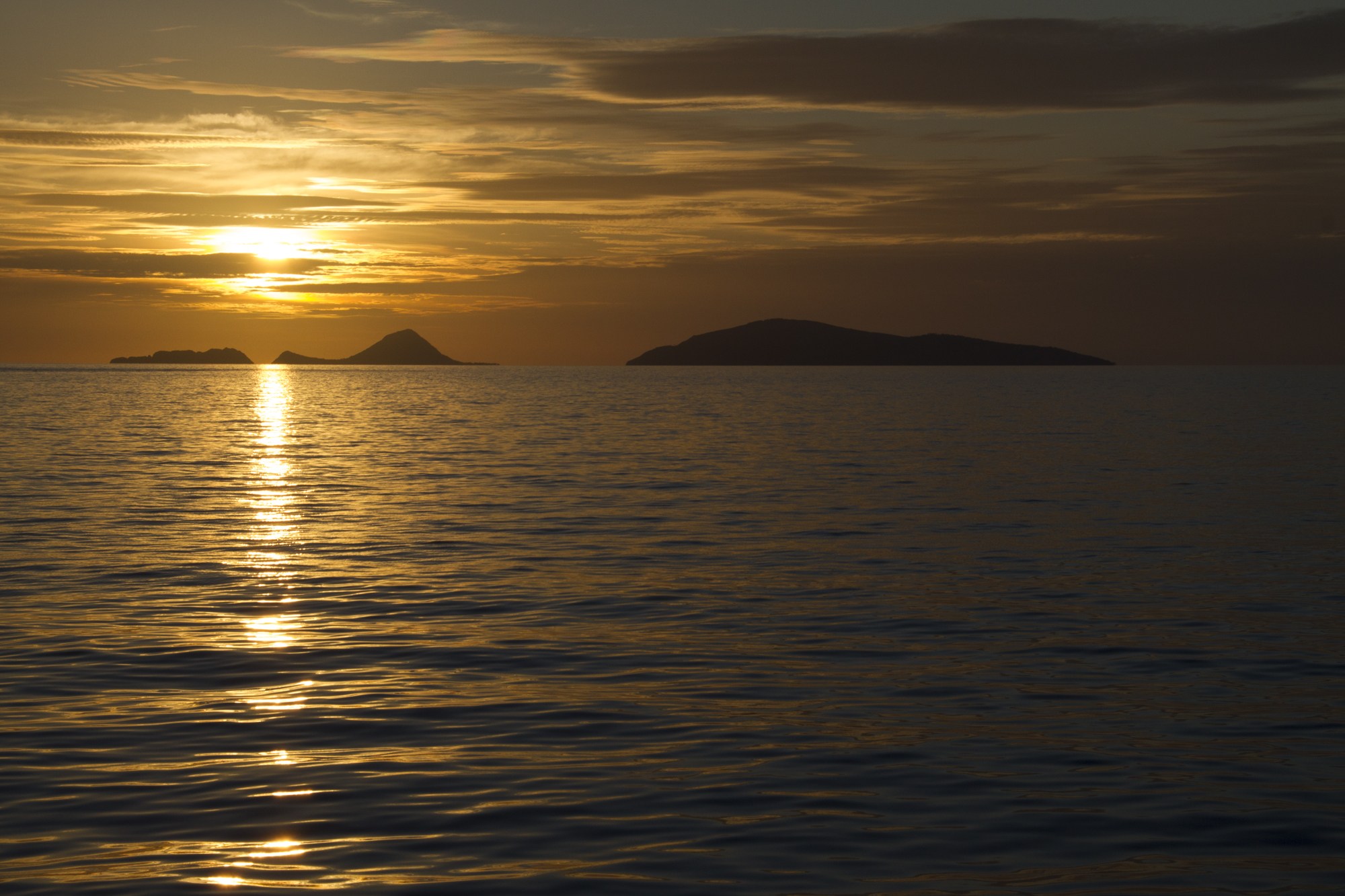
Hibernia Reef

McCluer Island
Political
Economy and Government
As an external territory of Australia, the Ashmore and Cartier Islands have no permanent population and, therefore, no formal economy or government. The primary purpose of the territory is conservation and scientific research. However, the Australian government oversees the management and protection of the area.
In terms of economic activity, the territory's economy is non-existent as there are no industries or commercial operations. There are no residents or businesses conducting trade or commerce within the territory. The primary focus is on preserving the natural environment, particularly the rich marine biodiversity and delicate coral reef systems.
From a governance perspective, the Australian government exercises jurisdiction over the Ashmore and Cartier Islands. It maintains a presence through various agencies responsible for the administration, protection, and management of the territory. These agencies include the Department of Agriculture, Water and the Environment, and the Australian Border Force.
The government's primary responsibility is to ensure the conservation and protection of the islands' fragile ecosystems, including monitoring and regulating activities such as fishing, maritime security, and illegal immigration. It collaborates with international organizations and neighboring countries to maintain the environmental integrity of the region.
Overall, the focus of the Ashmore and Cartier Islands' governance and administration is centered on conservation and safeguarding the natural wonders of the territory.

History
History and Culture
The Ashmore and Cartier Islands, located in the Indian Ocean, represent a unique blend of history and culture within Australia's territory. With a rich past and diverse heritage, these remote islands have witnessed significant human activity and serve as an important site for conservation and research.
Historically, the islands were visited by Indonesian, Makassan, and European fishermen, who utilized the abundant marine resources. This interaction fostered cultural exchange and trade, leaving behind traces of diverse traditions and artifacts.
The islands also played a role during World War II, serving as a strategic location for military operations due to their proximity to important sea routes. Remnants of war-related infrastructure can still be found, reminding us of the islands' historical significance.
In terms of culture, the islands are home to a variety of ecosystems, including coral reefs, mangroves, and sandy beaches, which have shaped the traditional practices and beliefs of local Indigenous communities. These communities have a deep connection with the land and sea, preserving their cultural heritage through storytelling, art, and rituals.
Today, the Ashmore and Cartier Islands are recognized as important marine reserves and are protected under Australian law. Their historical and cultural value, coupled with their unique ecological diversity, makes them a fascinating destination for researchers, conservationists, and those seeking to explore the intersection of history, culture, and nature in this remote Australian territory.



